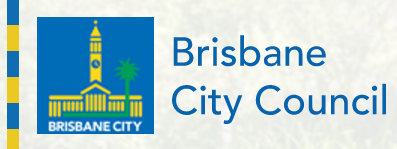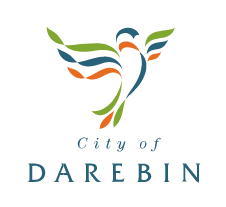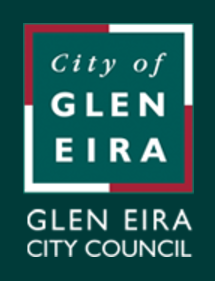Case study – Armillaria luteobubalina Remediation PHC Program – Armidale, Melbourne, Vic
G.U.F has successfully identified and remediated many highly infected sites over the past decade to restore plant health and remove/ suppress dangerous plant diseases. This case study is an interesting example, and was approached in an ecologically sustainable way.
G.U.F’s Matthew Daniel was recommended by municipal Arborists to conduct a second opinion on the site of a previously misdiagnosed plant health issue in Armadale Melbourne Victoria.
The site was identified to have a significant reoccurring pathogen cycle and trees onsite where dying year after year. The approach of correctly identifying the pathogen, educating the client and property staff of the severity of the issue and best practice plant health
care management delivered a successful outcome.
Three years down the track the site is flourishing with only one minor pathogen outbreak to occur that was surprisingly growing in the timber wall from the adjacent building. Early detection and response is crucial in dealing with such pathogens.
Amillaria:
Armillaria is a global plant pathogen hosting hundreds of species with different degrees of impacts to plant roots and dead wood ranging from soft and hardwood trees, shrubs and vegetables. Though much is known about armillaria, little research has taken place in establishing reliable management of this disease apart from attempted physical removal of all the inoculum sources (infected roots and plant material). Most chemical treatments are either too severe or ineffective with some work being undertaken in building a soil biological network intended to out compete this pathogen.
This can comprise decaying organisms competing for the armillaria food source or some of the trichodermas which can attack the disease itself. With over 200 known species, the effect on each of the armillaria types can be quite different, so biological control is a leading field of endeavour with a degree of risk of failure in trial and error. The most common known form in Australia is Armillaria luteobubalinawhich is the organism identified at the Armadale property.
Armillaria luteobubalina develops fruiting bodies (generally edible mushrooms) in May-June which are represented by basidiomycetes developing prolific white spores at this fruiting stage. Though very rampant, these spores only infect dead wood or cavities where habitat is favourable to its survival. Considered by many to be a primary pathogen, mixed interpretations of the data pertaining to Armillaria luteobubalina suggest that it can be a secondary pathogen in response to defoliation by some bugs, or as a reaction to drought or flood conditions. There is even some reference to it being a consequence of chemistry imbalance, with zinc being of major concern in this case. Armillaria is particularly virulent as it has a primary and secondary spread habit:
- The primary spread occurs from buried material inoculated from a previously infected tree e.g. roots and stumps. This means the tree that was removed previously was most likely infected with Armillaria and any residues left in the soil will be the source of future spread.
- Secondary spread, occurring on the roots of Armillaria infected trees, persists in the form of active Mycelium – and rhizomorphs which are root-like organisms able to slowly move short distances through the soil.
This means the pathogenic fungus can move through the soil reinfecting plants for many years to come.
Case study - Armadale, Vic - Extracts from reports
G.U.F is of the opinion the Armillaria infection at the property in Armadale, Vic is in a secondary spread mode and will continue to kill trees unless the inoculum of mycelium and rhizomorphs are removed from infected parts of the property. Further investigation is required to determine these infection areas and which trees can be retained and protected by soil remediation works.
History of Armadale, Vic Property
The history of each site G.U.F investigates is essential to understanding the current conditions and projecting forward possible recovery programs and timelines. As part of obtaining background information on the property – Armadale, Vic Property, G.U.F has used verbal history communicated by the property manager Darren. Darren explained the site had been inspected previously by another arboricultural company with a negative result to the identification of Armillaria. Our investigations have shown a positive identification to Armillaria luteobubalina. The gardens and trees have been maintained over recent years with irrigation, nutrient and selected chemical applications, mulching and replanting of trees many times. Additionally, Darren outlined that a tree had been removed in recent years at the rear of the property with the standard approach of stump grinding and leaving wood grindings onsite. Web based research and some local anecdotal evidence was used with very little helpful information found. A phone call to the plant disease authority at the Department of Environment and Primary.
Industries revealed a widespread infection throughout the inner eastern Melbourne suburbs. This report won’t detail the history as found to date, but will use it and any other information yet to be obtained to develop programs should the property owner choose to engage G.U.F to remediate soil and tree health.
Case Study - Armillaria Remediation - PHC Program
The Below set of photographs identify an unprecedented Armillaria outbreak in Metropolitan Melbourne. This outbreak was serious and difficult to approach due to the inner-city confines.
G.U. F’s Matthew Daniel was impressed with the fungal fruiting bodies as they were surrounding the entire property and show the power of the microbial pathogen. Matthew new immediately this was a serious biohazard situation and put the property owners and staff on intensive hygiene protocols to contain the spread. Mapping of the Al was conducted, and a PHC program engaged. The outcome was successful.
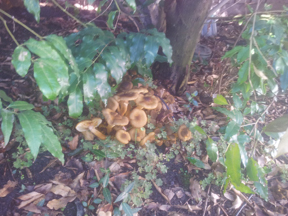
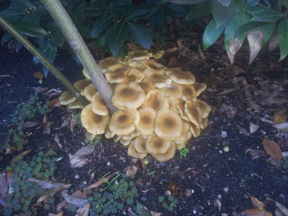
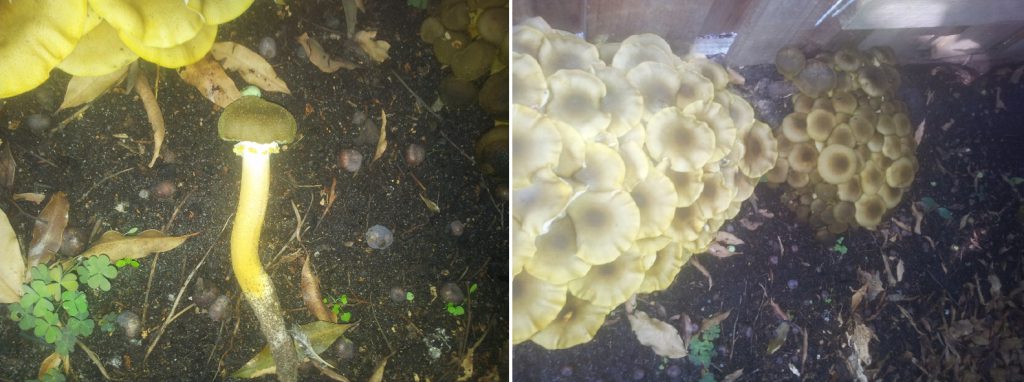
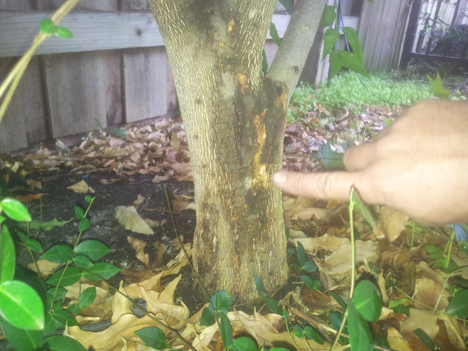
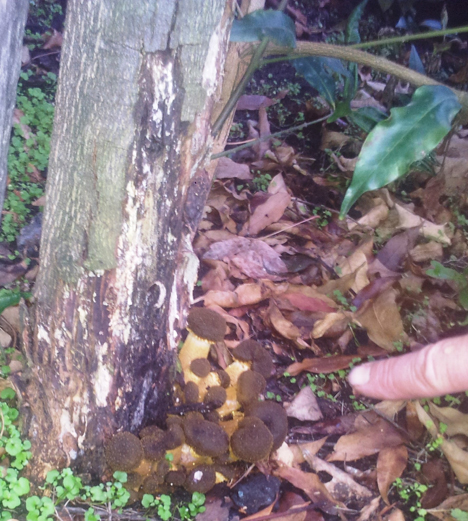
Before remediation project. Positive Armillaria infection identified and infected plant material determined 2014.

Heavily infected soil and root mas removed offsite and disposed of correctly under high hygiene protocols
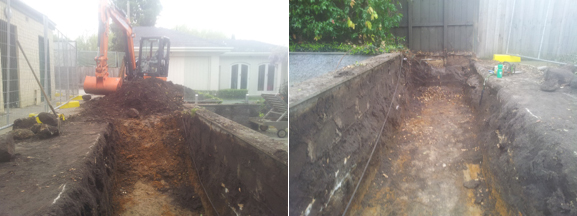
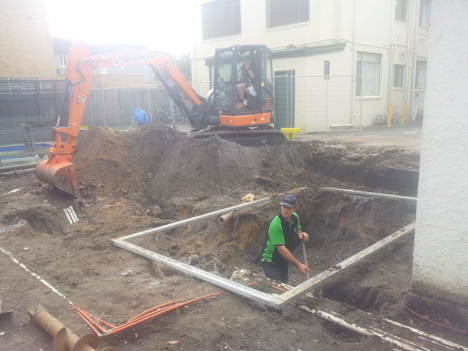
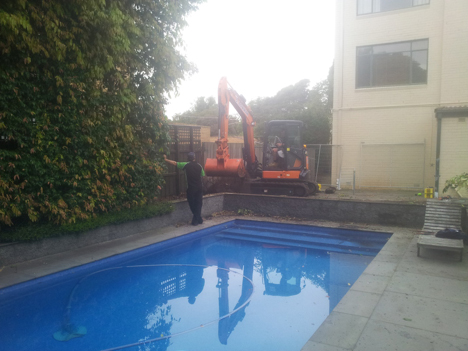
In 2014, after removal of infected site soil and tree root mass, mapping of Pathogen infection throughout the garden was conducted. New trees were reinstalled with biologically designed soils and treated with a PHC program.
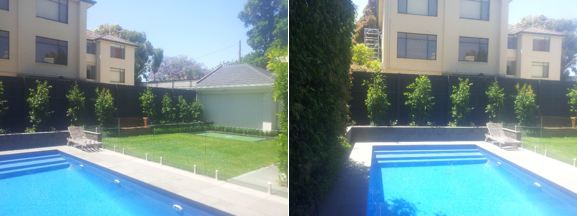
1 year after remediation the site is monitored for any flare ups 2015

2 years after remediation 2016
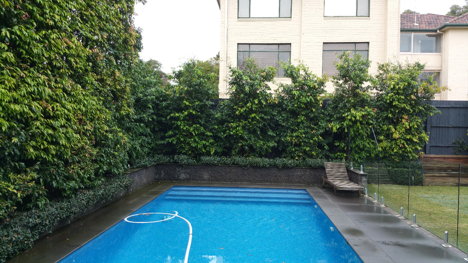
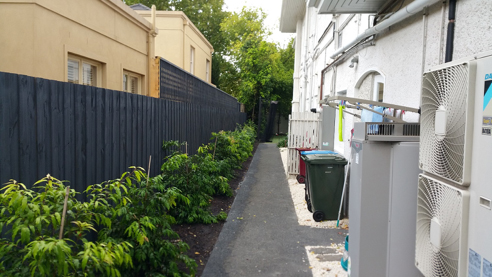

2017
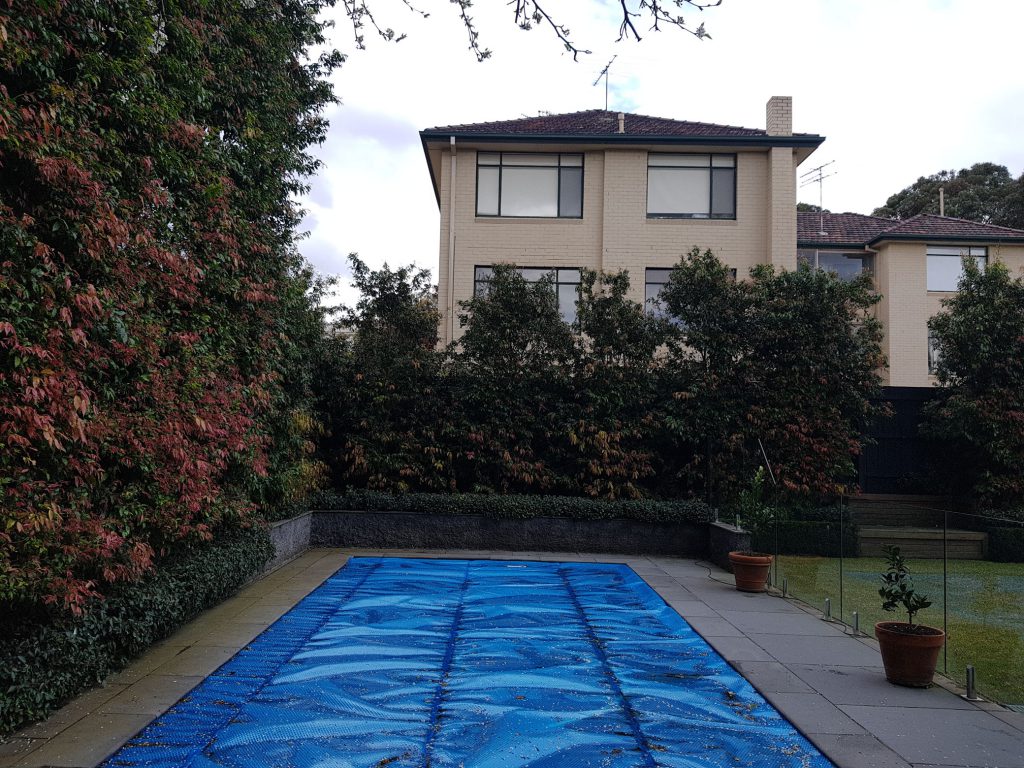

Contact Us
Send Global Urban Forest a message



